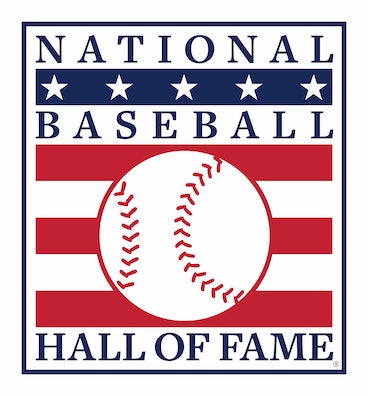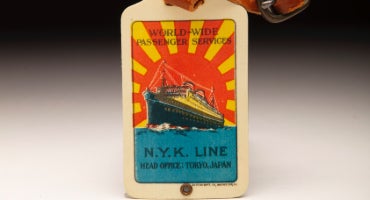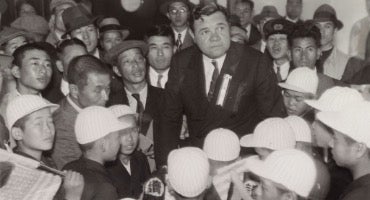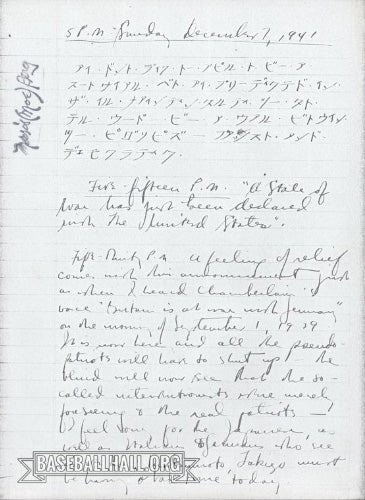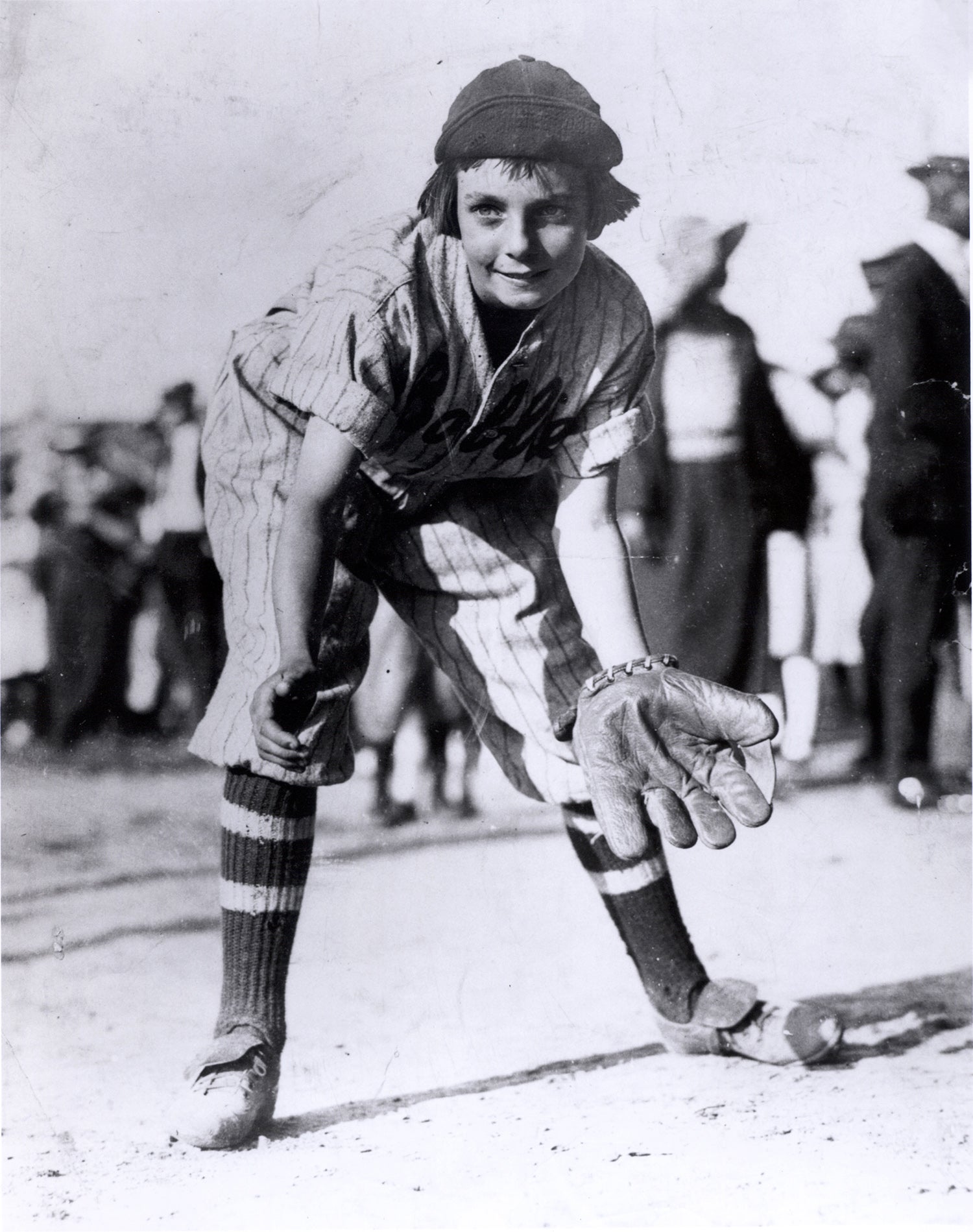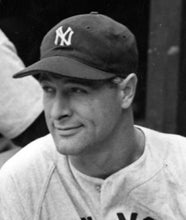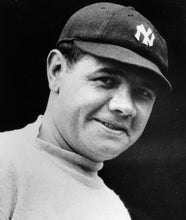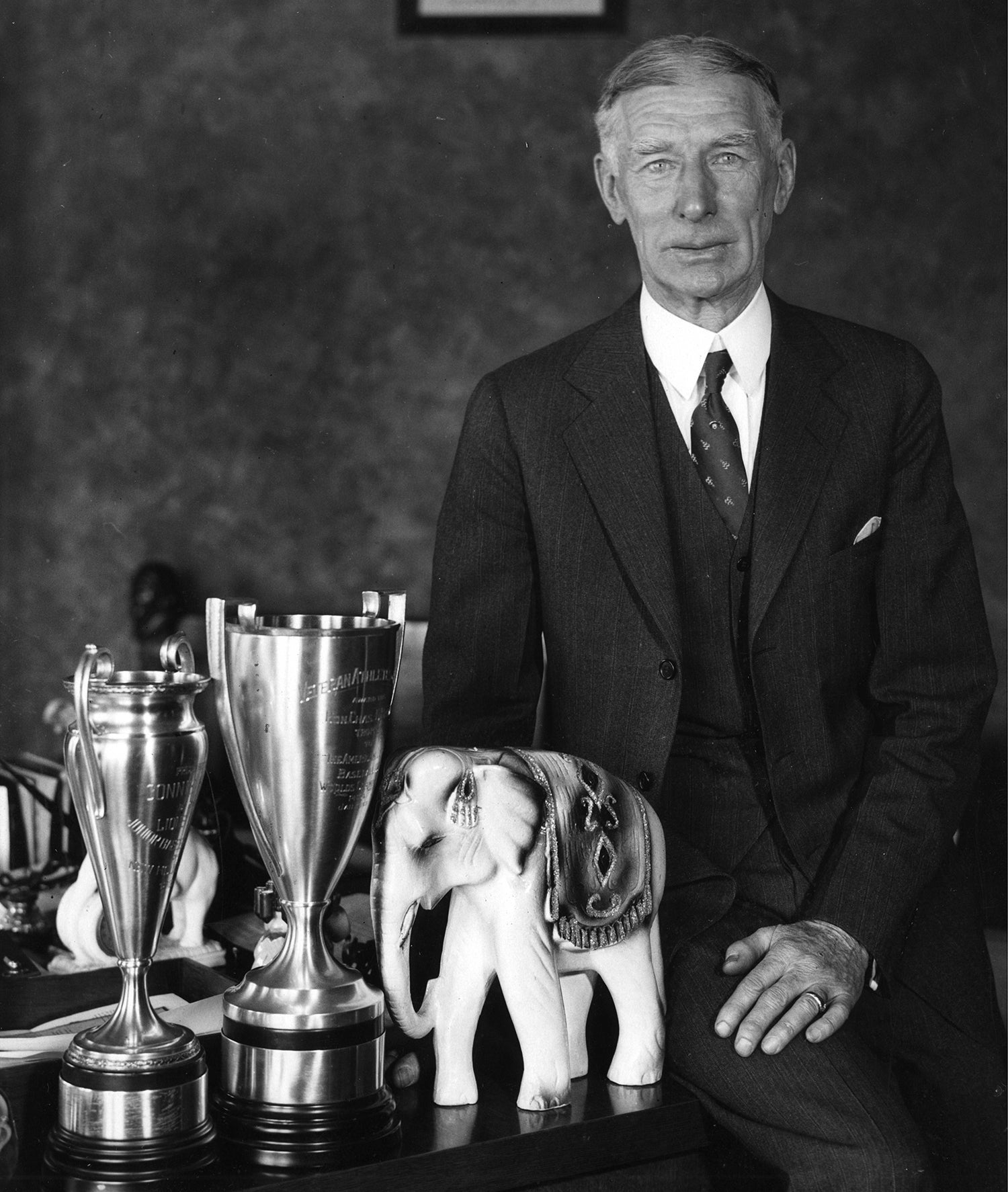- Home
- Our Stories
- #Shortstops: Bonds from Ashes
#Shortstops: Bonds from Ashes
Though its design resembles a mitt, ball and bat, an ashtray may not be the first item you would think of from a celebrated baseball event. Yet its origins from the 1934 Japan Tour symbolized a key diplomatic cultural exchange amid rising tensions with the United States during baseball’s Golden Age.
War seemed inevitable in the early 1930s when Japan and the U.S. vied for influence in China and the Pacific. Politicians on both sides hoped another tour between the baseball-loving nations would ease growing political disagreements, with media magnate Matsutaro Shoriki leading the effort by forming the “All-Nippon” team from Japan’s top amateur players, while sponsoring 15 American League all-stars (including seven future Hall of Famers) to barnstorm 12 Japanese cities over four weeks.
This era, far before MLB regulated tobacco use, also saw cigar smoking and baseball go hand-in-hand. They were often linked in advertising (think baseball cards and endorsements by stars like Lou Gehrig and Babe Ruth), and cigars represented team camaraderie and brotherhood.
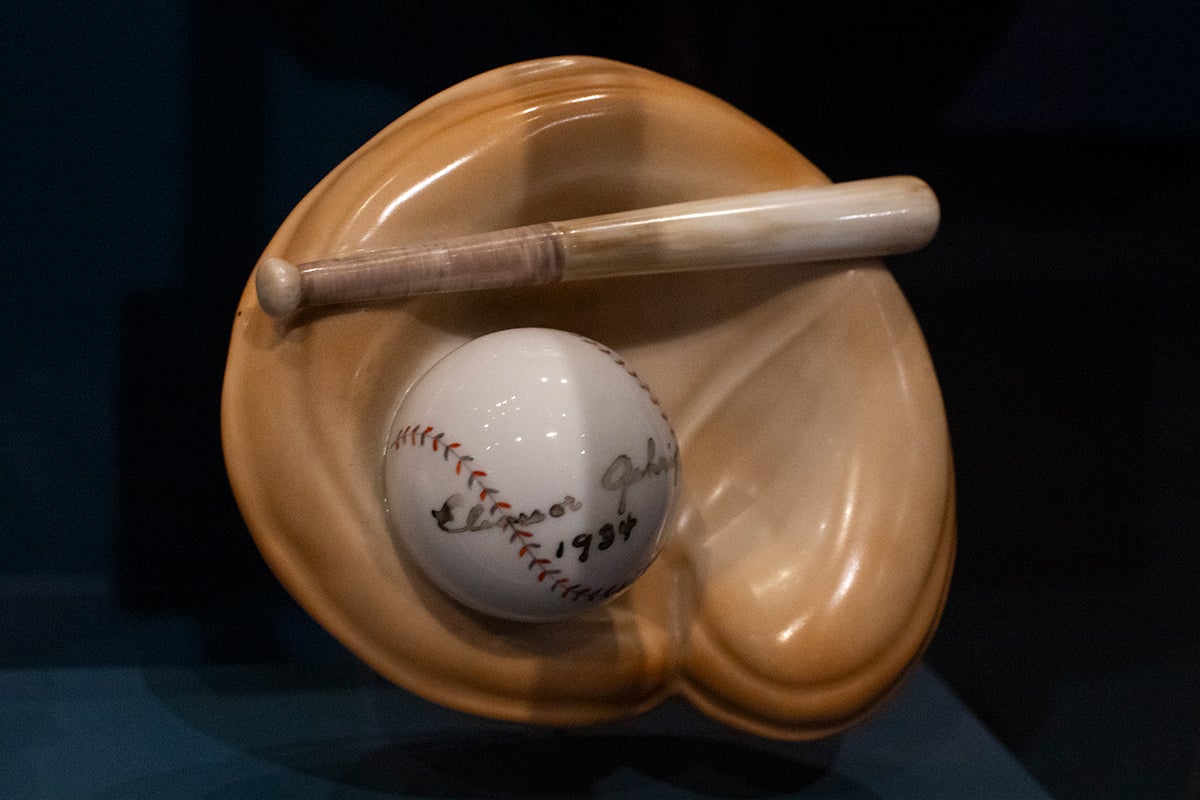
Given the context, an ashtray is a fitting souvenir for a touring baseball team. The Noritake logo on the bottom of an ashtray in the Museum’s collection indicates it came from the Nippon Toki Kaisha factory and may have been available for public purchase. Gehrig’s mother donated this one, and teammate Moe Berg had an identical one which he also donated. Gehrig’s family and sportswriter Fred Lieb each donated the same ones from the 1931 tour, as would the Brooklyn Dodgers from their 1956 Japan Tour.
The factory was located in Nagoya, Japan, a stop on the 1931, 1934 and 1956 tours, which suggests that the ashtrays were purchased at the stores by the players (or family). But it is possible they were gifts, given these players’ and Lieb’s prominence on the tours. Even though the details of its procurement remain unknown, the exchange of the ashtray between American sports figures and a Japanese company nevertheless represented a mutual appreciation for each other’s cultures, and the bond forged through baseball – one that transcended national lines in times of political tension.
The success of the 1934 tour bolstered American baseball’s status, especially with Ruth’s legend rising in Japan. Many Japanese credit the All-American 1934 tour as a key factor in the rise of professional baseball in Japan, with Shoriki’s All-Nippon team evolving into the Yomiuri Giants and dominating the Japanese Baseball League.
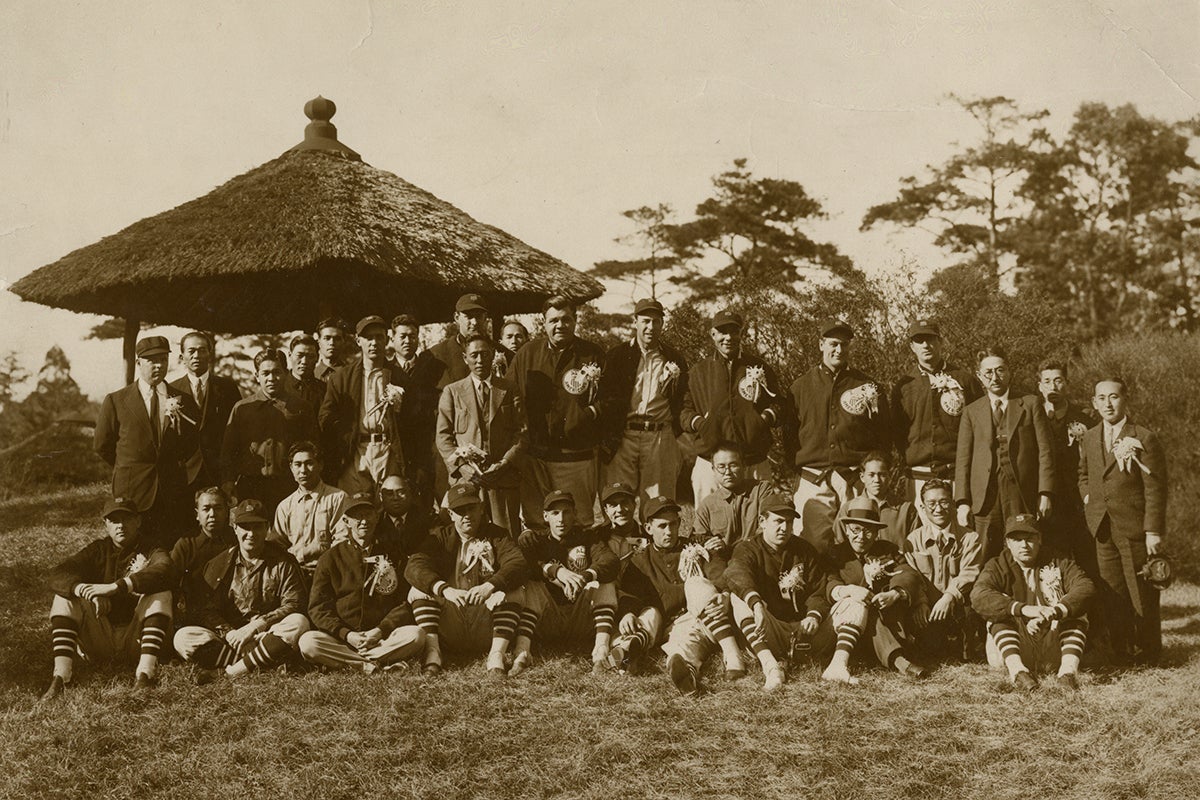
Both nations regarded the tour a diplomatic success. Prince Iyesato Tokugawa, a descendant of Japan’s unifier, stated: “Between two great peoples who truly understand baseball, there are no national differences which cannot be solved in a spirit of sportsmanship.”
Manager Connie Mack agreed, declaring the trip did “more for better understanding between Japanese and Americans than all diplomatic exchanges,” forging lasting bonds through the ensuing war.
The exchange of an ashtray represented camaraderie and brotherhood across cultures at a crucial moment in time.
Phoebe Hong was a 2025 data analytics intern in the Frank and Peggy Steele Internship Program for Leadership Development
